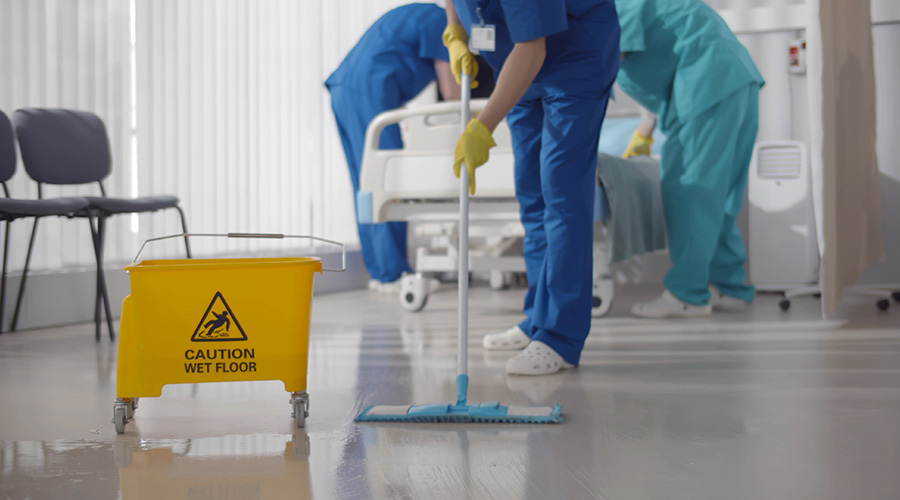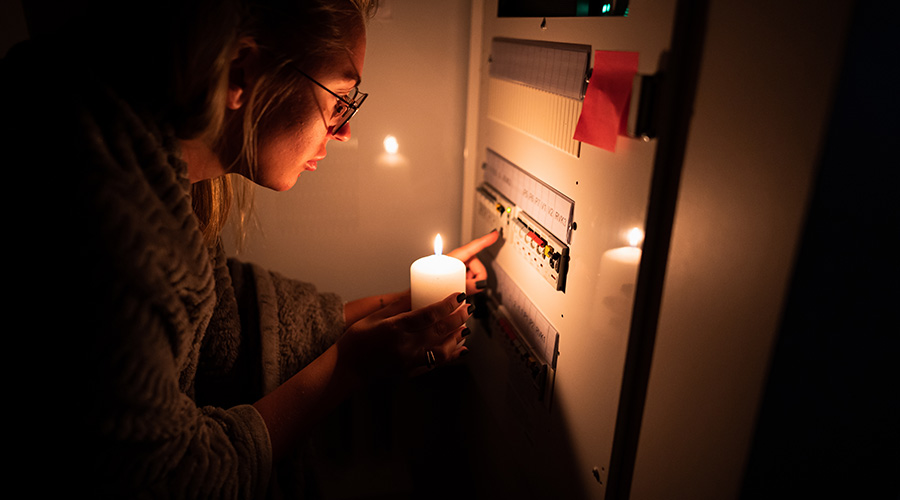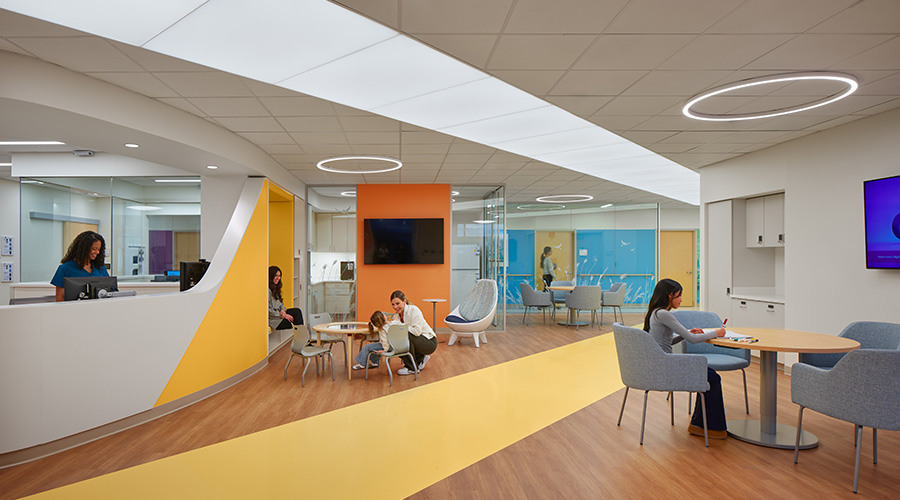Central Valley Specialty Hospital (CVSH) is the first long-term acute care (LTAC) facility in California to use Xenex Disinfection Services’ LightStrike™ Germ-Zapping Robots™ to enhance environmental cleanliness by destroying hard-to-kill superbugs—such as antibiotic-resistant bacteria —in hard-to-clean places.
The Xenex robot uses pulsed xenon to create broad spectrum, highly intense light covering the entire germicidal spectrum. The light quickly destroys harmful bacteria, viruses, fungi and bacterial spores on surfaces inside the facility. The portable disinfection system is effective against even the most dangerous pathogens, including Clostridium difficile (C. diff), norovirus, influenza, Ebola and methicillin-resistant Staphylococcus aureus, better known as MRSA. Numerous hospitals have reported significant decreases in their infection rates after using Xenex’s Germ-Zapping Robots for room disinfection, and published their infection reduction results in peer-reviewed journals.
The Xenex robot at CVSH – named Depa -- disinfects a typical patient or procedure room in five minute cycles without warm-up or cool-down times. At CVSH, Depa is used in patient rooms, restrooms, equipment and procedure rooms, the gym, dining rooms and pharmacy.
“We want to do everything within our means to provide a clean environment to reduce the risk of infections,” said Gia Smith, RN, MSN, Chief Executive Officer of CVSH. “We are designed to provide care to medically complex patients and we want to ensure that we provide them with a healing environment. As the only specialty and/or LTAC facility within 90 minutes of Modesto, we are excited to utilize the Xenex system to help us achieve our goal of zero infections. This investment is important and underscores our commitment to patient care and the communities we serve.”
The Xenex Full Spectrum™ xenon light room disinfection system works by pulsing xenon, an inert gas, at a high intensity in a xenon ultraviolet flashlamp. This produces intense ultraviolet C (UVC) light which penetrates the cell walls of microorganisms, including bacteria, viruses, mold, fungus and spores. The DNA of the microorganism is fused, rendering them unable to reproduce or mutate, effectively killing them on surfaces without contact or chemicals.
While CVSH is the first LTAC in California to deploy a Xenex Germ-Zapping Robot, more than 300 hospitals, Veterans Affairs and Department of Defense facilities, ambulatory surgery centers and skilled nursing facilities in the U.S., Canada, Africa and Europe are using Xenex robots for room disinfection.
More information is available at www.centralvalleyspecialty.org.
For more information, visit Xenex.com.

 Contaminants Under Foot: A Closer Look at Patient Room Floors
Contaminants Under Foot: A Closer Look at Patient Room Floors Power Outages Largely Driven by Extreme Weather Events
Power Outages Largely Driven by Extreme Weather Events Nemours Children's Health Opens New Moseley Foundation Institute Hospital
Nemours Children's Health Opens New Moseley Foundation Institute Hospital Code Compliance Isn't Enough for Healthcare Resilience
Code Compliance Isn't Enough for Healthcare Resilience Ribbon Cutting Marks First Phase Completion for New Montefiore Einstein Facility
Ribbon Cutting Marks First Phase Completion for New Montefiore Einstein Facility